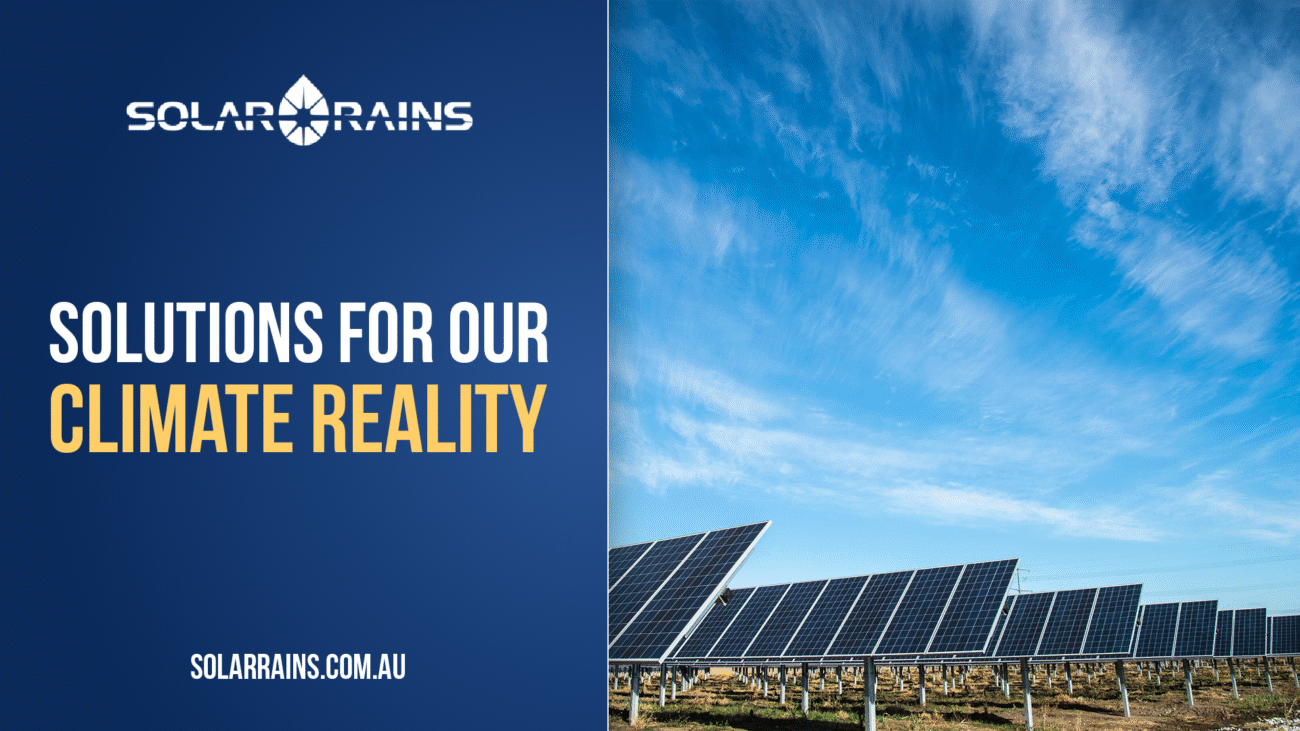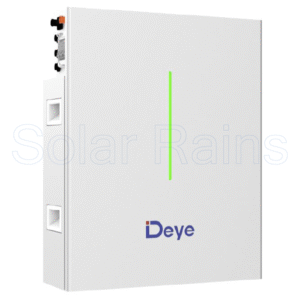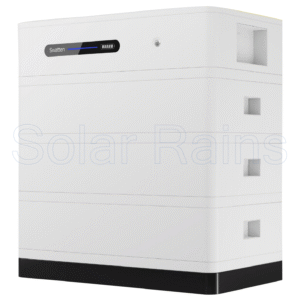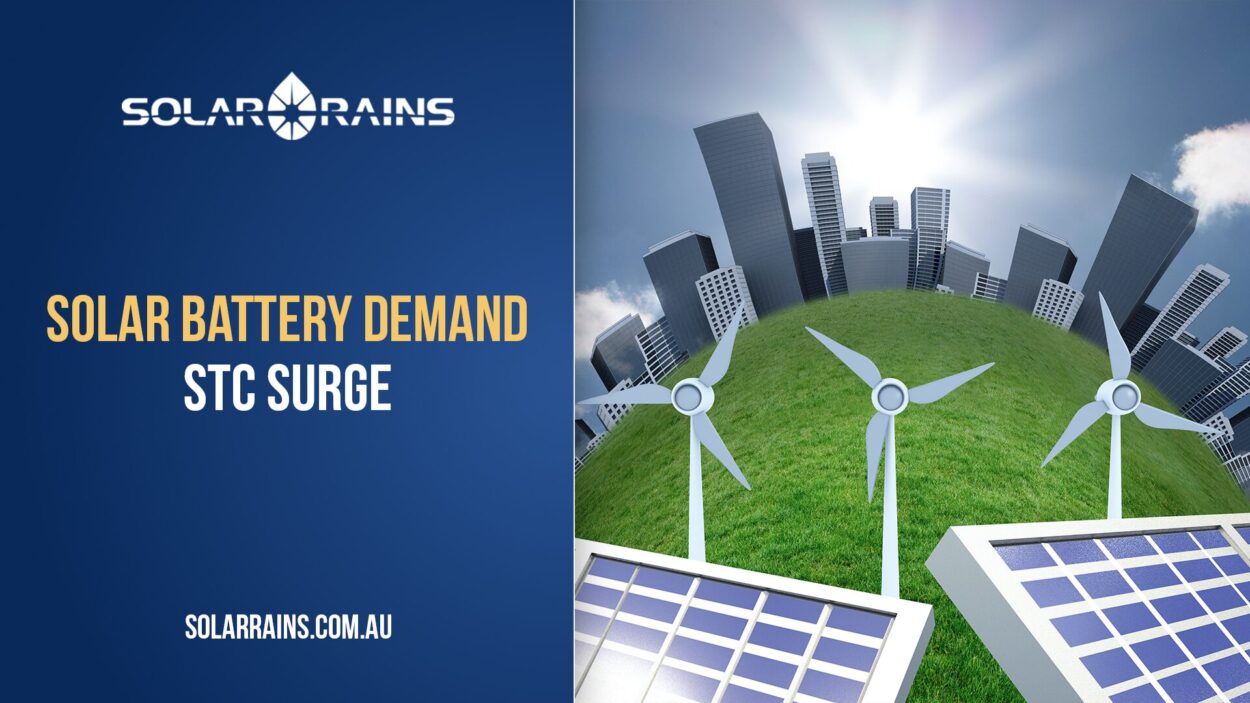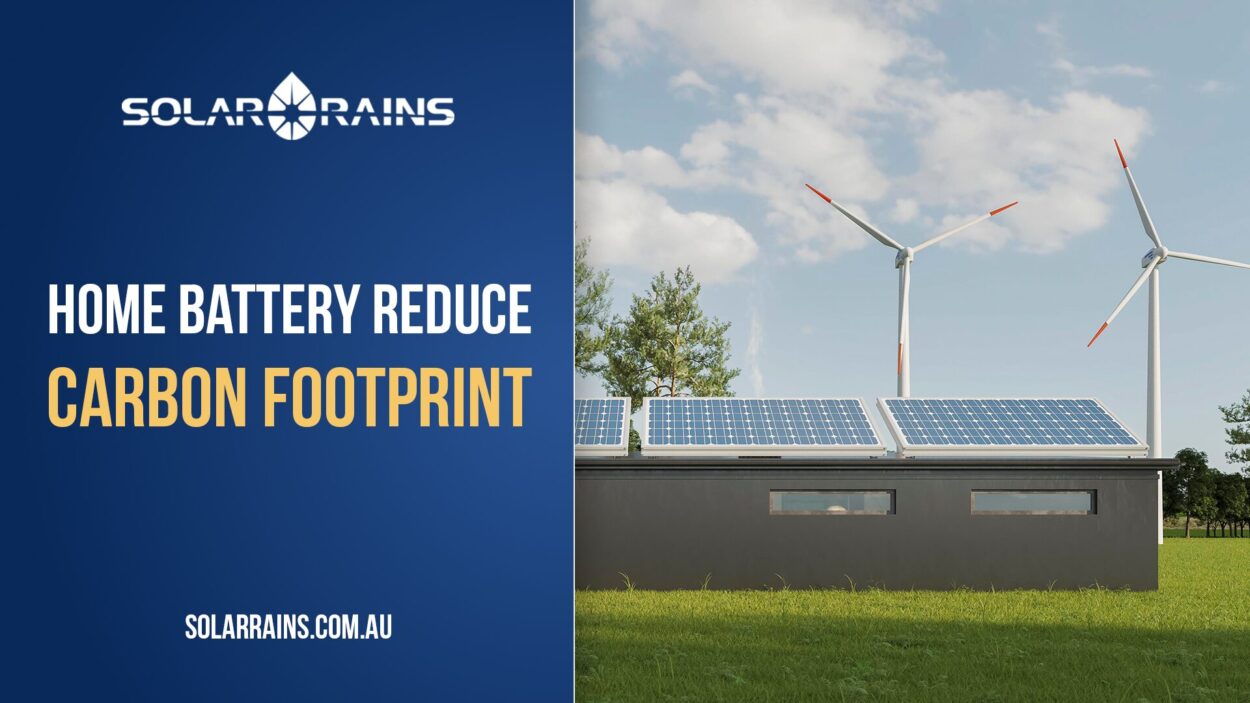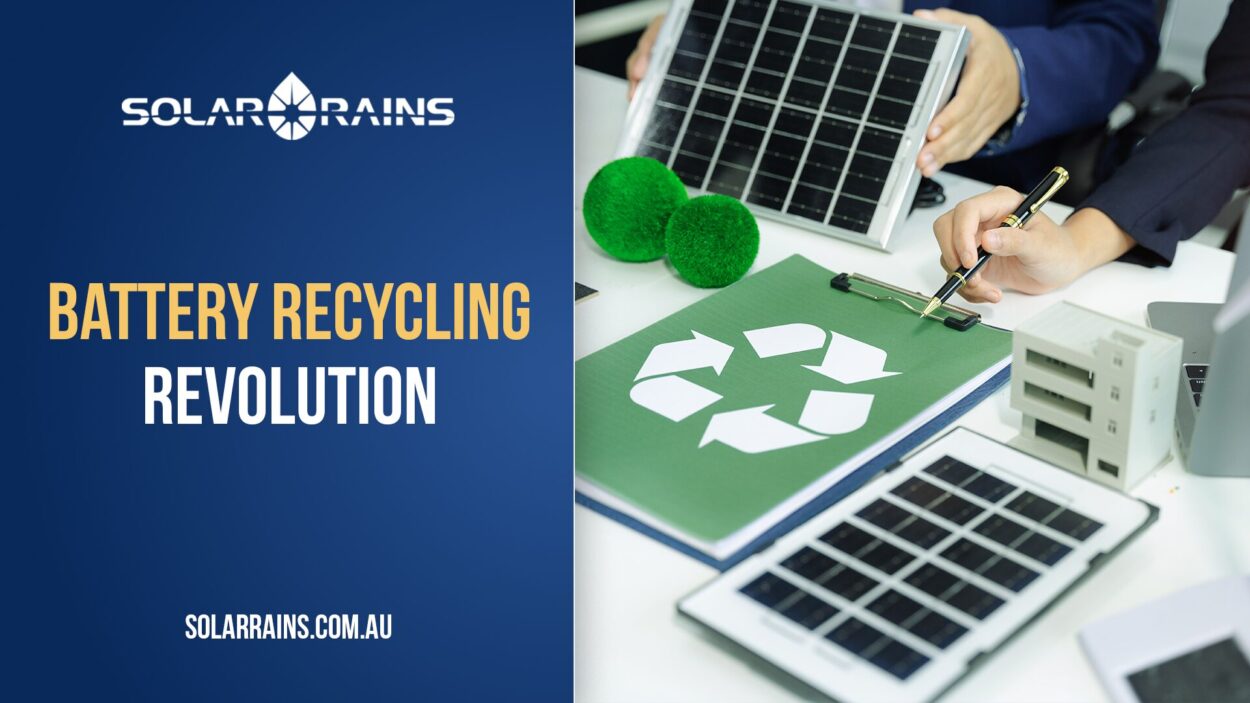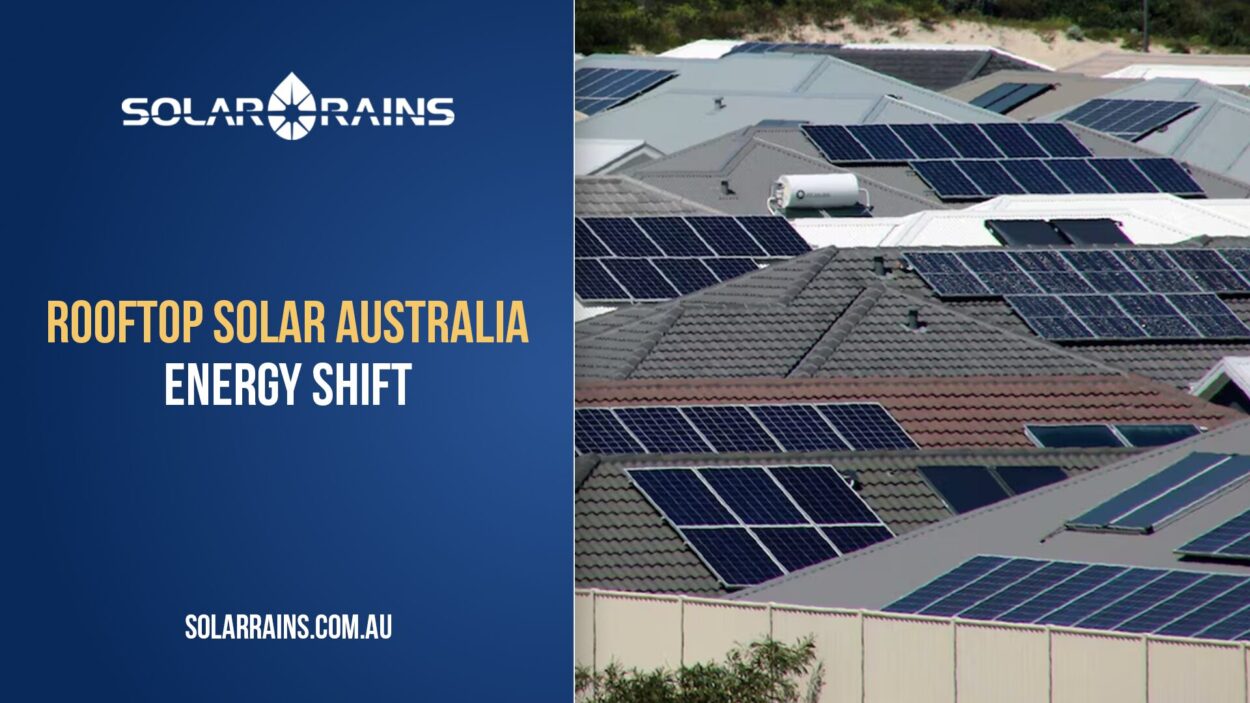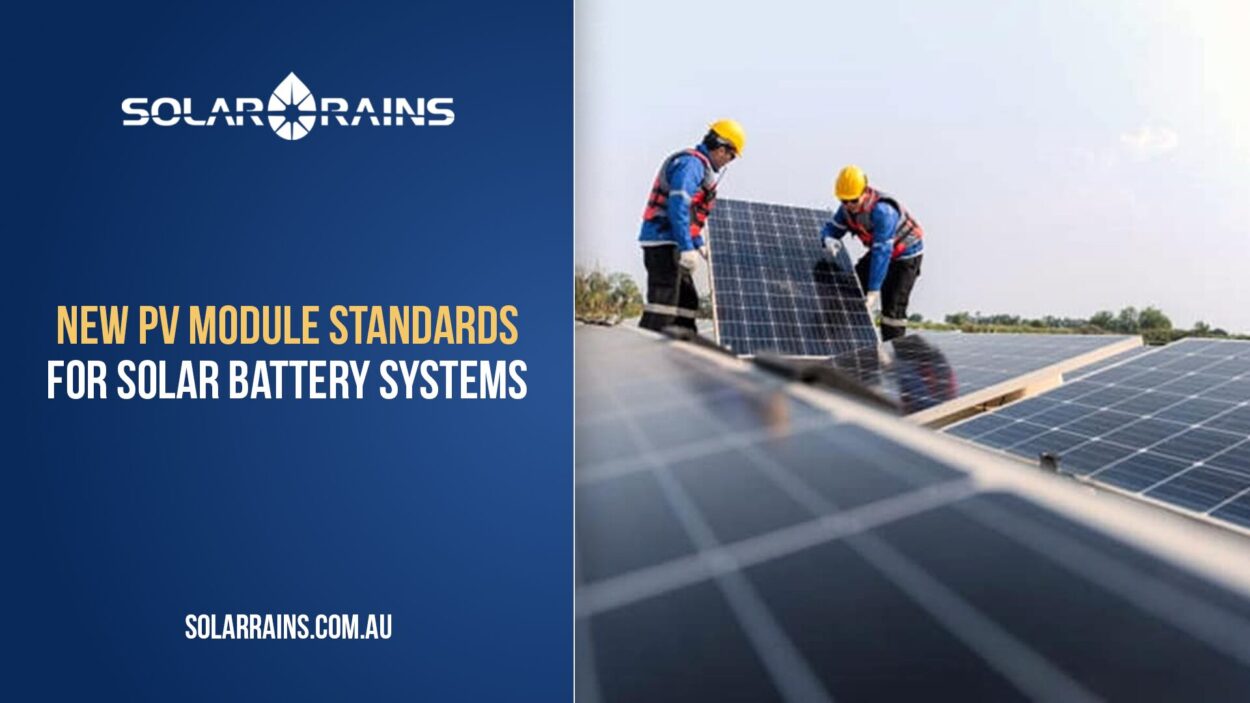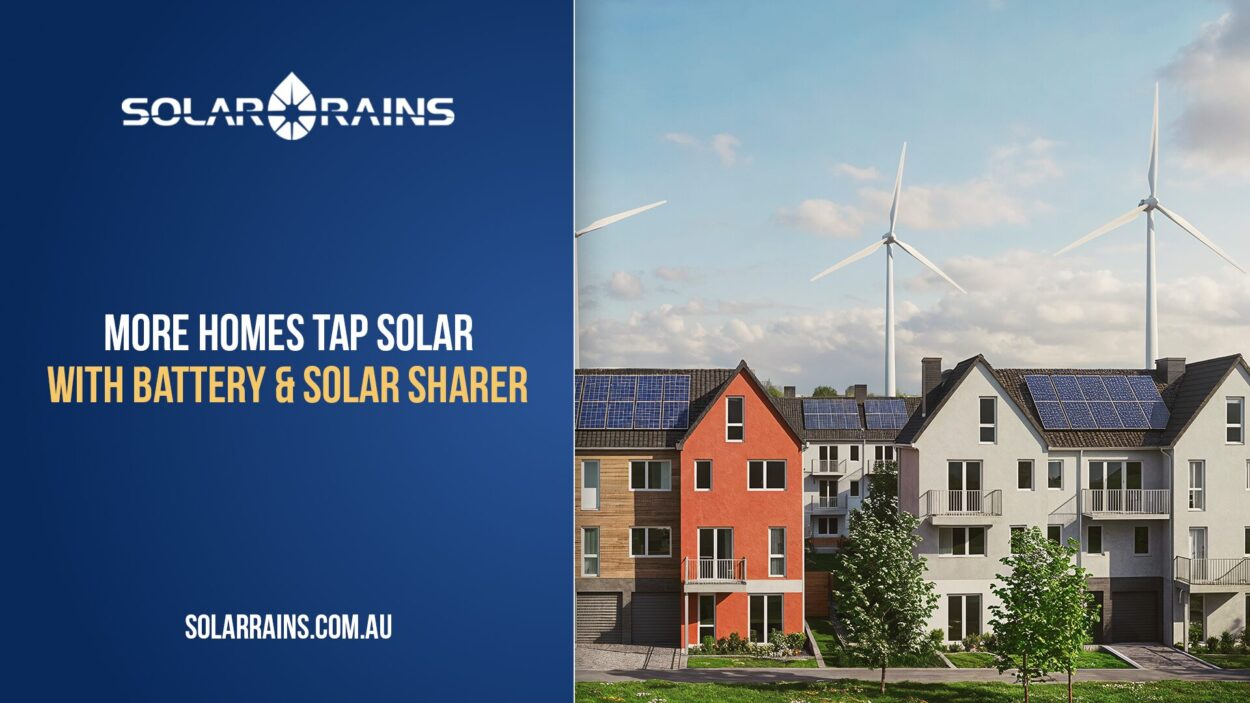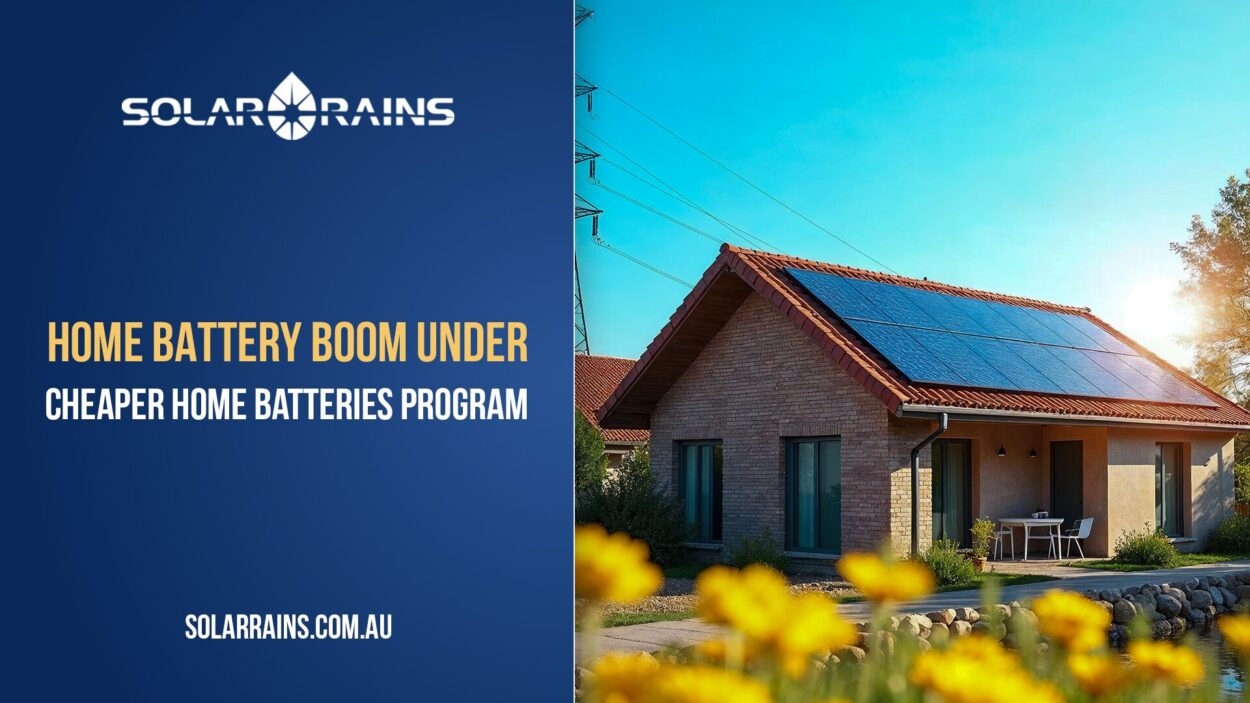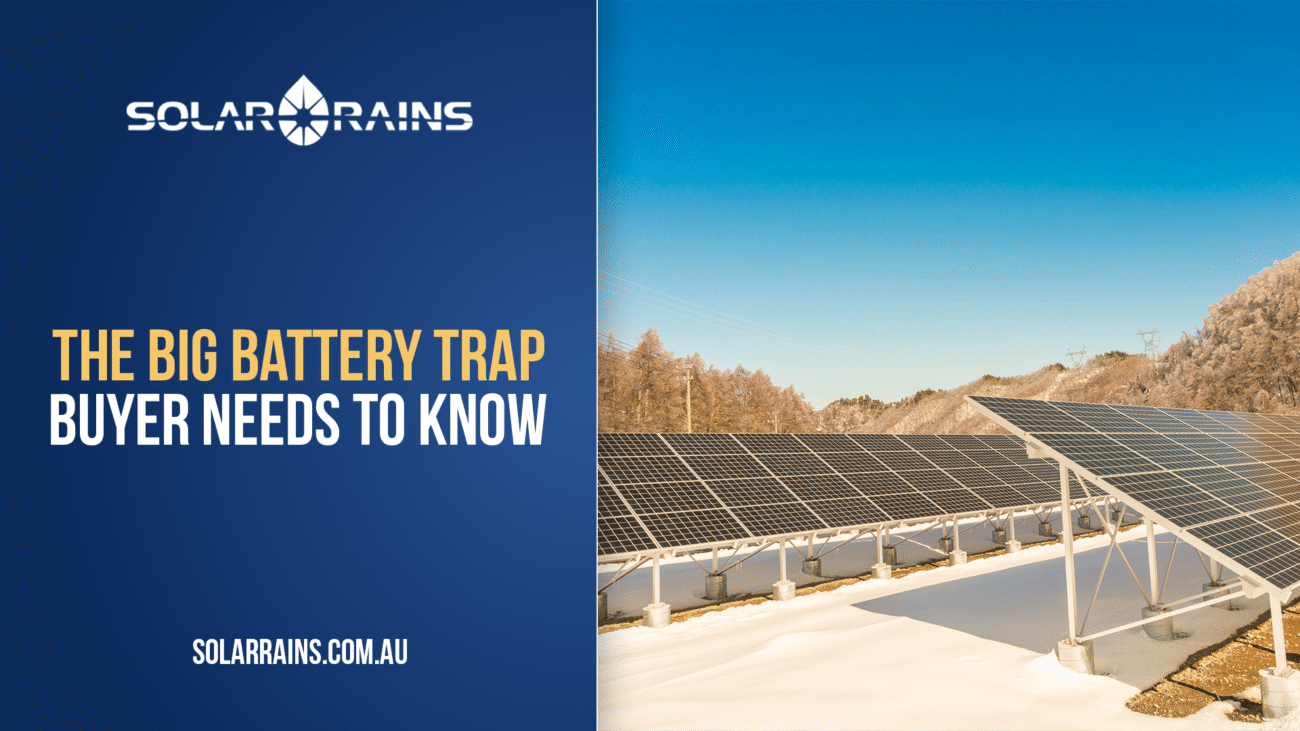Introduction: Confronting Australia’s Climate Reality
Australia is on the frontlines of climate change. Record-breaking temperatures, severe droughts, and bushfires have become more frequent. At the same time, rising energy demands and ageing grid infrastructure create instability and high costs. Solutions must be practical, scalable, and economically viable. Solar battery storage emerges as one of the most effective tools in our clean energy transition.
This article explores how solar battery systems can help businesses and households reduce carbon emissions, stabilise energy supply, and take control of energy bills, all while supporting broader national climate objectives.
What Is the Climate Reality for Australians?
Australia has committed to net-zero emissions by 2050. But to get there, we must reduce our reliance on fossil fuels, especially in electricity generation. According to the Clean Energy Regulator, renewable energy contributed around 35% to Australia’s total electricity generation in 2023, with solar taking the lead. However, renewables face one major challenge: variability.
This is where solar battery systems become critical. They bridge the gap between when the sun shines and when energy is needed most during the evenings and cloudy days. Without storage, much of our solar potential is wasted.
Why Solar Batteries Are a Key Part of the Solution
Unlocking Renewable Potential
Battery storage allows solar power to be used on demand, turning intermittent generation into a dependable supply. With solar battery systems, excess energy from daytime generation is stored and used later, enabling better self-consumption and less dependence on the grid.
Reducing Grid Congestion
Australia’s grid wasn’t designed for two-way energy flow from thousands of rooftop solar installations. This causes export limits, voltage fluctuations, and even curtailment. Battery storage helps flatten peaks and relieve pressure on the network.
Protecting Against Blackouts
Extreme weather events are stressing grid infrastructure. Batteries provide reliable backup power for homes and critical businesses like clinics and farms. Hybrid systems can isolate from the grid and keep essentials running even during outages.
Cutting Emissions and Bills
By maximising on-site solar use and participating in demand response or Virtual Power Plants (VPPs), users can significantly reduce emissions and electricity bills. With feed-in tariffs dropping, solar battery storage makes more economic sense than ever.
The Policy Shift: Governments Backing Battery Growth
Recognising the urgency of climate action, Australian states and the federal government are increasingly supporting battery adoption:
- Victoria: Solar Homes Battery Program offers rebates up to $2,950.
- South Australia: Home Battery Scheme and VPP participation incentives.
- New South Wales: Peak Demand Reduction Scheme supports battery load-shifting.
- ACT & WA: Pilot projects and subsidies for battery-ready systems.
The Clean Energy Council’s CSE25 Report recommends prioritising battery incentives as part of national climate resilience strategies. At Solar Rains, we support these efforts through product education and supply partnerships.
Solar Battery Solutions for Businesses
For small and medium enterprises (SMEs), rising electricity costs and power reliability are real concerns. Here’s how solar battery solutions address both:
- Time-of-Use Management: Shift consumption away from peak tariffs.
- Backup Protection: Ensure continuity in retail, medical, and data services.
- Green Branding: Align with sustainability expectations from investors and customers.
- Asset Depreciation Benefits: Solar + battery systems qualify for instant asset write-offs and tax deductions in some cases.
Brands such as Deye, AlphaESS, and Swatten (supplied by Solar Rains) offer scalable storage options from 5kWh to over 100kWh, suitable for both residential and commercial applications.
Addressing Concerns About Battery Storage
Is It Safe?
Yes. Modern lithium iron phosphate (LFP) batteries are extremely stable, non-flammable, and come with integrated Battery Management Systems (BMS). All reputable brands adhere to Australian safety standards including AS/NZS 5139.
Is It Affordable?
Costs have dropped dramatically by over 60% since 2015. When combined with rebates and VPP earnings, payback can be achieved in 6–9 years for homes and under 5 years for some commercial setups.
Is It Complicated?
Not anymore. Hybrid inverters simplify installation by integrating battery control into a single unit. For retrofits, AC-coupled batteries make integration with existing solar arrays straightforward.
FAQs About Solar Battery Adoption in Australia
Most solar batteries come with a 10-year warranty and last 12–15 years under standard use.
Yes, with an AC-coupled system or if your inverter is hybrid-ready.
Typical homes use 6–10kWh. Businesses may require 15–50kWh depending on load profile.
With current rebates and rising energy costs, 2025 is a great time to install. Delaying could mean missing key incentives.
Only hybrid systems with backup functionality can supply power during grid outages.
Use time-of-use tariffs, participate in VPPs, and monitor usage via smart apps.
Brands like AlphaESS, Deye, and Swatten are well-regarded for performance, warranty, and local support. All are available via Solar Rains.
Take Action: Your Role in the Climate Solution
The shift to a low-carbon economy won’t happen overnight, but every rooftop and business can be part of the solution. Solar battery adoption offers more than just personal savings. It strengthens the grid, reduces emissions, and builds resilience.
At Solar Rains, we work with installers, engineers, and developers to supply high-performance battery systems for Australian conditions. Whether you’re an individual homeowner or a solar retailer, we invite you to explore the benefits of powering your future with smarter energy storage.

